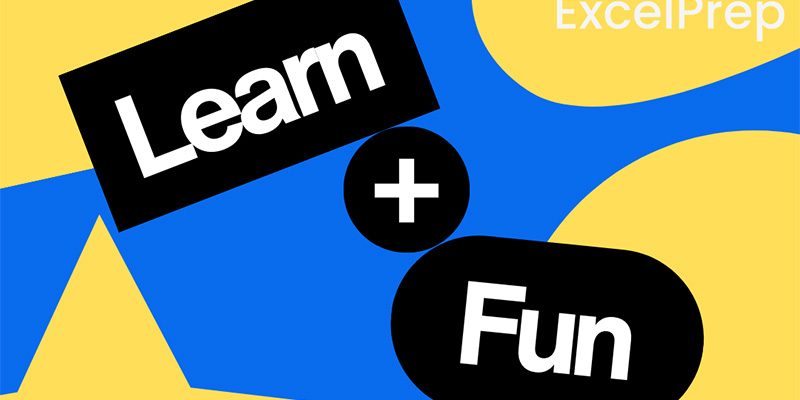Let’s change our mindset and Get Creative. Behavior Change for Social Connections and Communication.
Sometimes learners rip paper. The ripping can create a messy cleanup. Cleaning makes a small subset of people happy. And in this case, cleaning may seem punitive. In this quick post, we are reframing the ripping and designing purpose around it. We want to move the ripping into socially compatible behaviors that develop the artistic side of the learner. So many times there is discussion about the behavior going away, versus channeling the behavior or giving options for pathways. Here we embrace, art.
Before we get to the art, let’s talk about the clinician-interventionist-teacher mindshift.
First Things First
- CHANGE your mindset. Instead of trying to figure out who to get them to go away.
- GET Creative. Figure out the socially compatible cousin. Find an activity that is similar that can provide the same -similar joy to the client-child and then replace it with a socially compatible activity.
- DON’T Take Away The Other Behavior. Shape IT.
Behavior Change is Planned Work.
- Figure out the “when” and “why”. The function of the socially incompatible behavior and when it occurs. Both are important. Understanding why something is occurring then gives us more insight into when to offer the new socially compatible activity.
- Introduce the new activity by pairing it with the current behavior we want to shape and broaden.
- Work with the client and increase the time on the new task.
- Document what is working. Document is what is not working.
Here is a great example.
The client enjoys ripping paper. While ripping paper is not that awful in the grand scheme, it can become a problem when he’s ripping items that do not belong to them; ripping money; ripping important paper; ripping becomes paramount and more important to doing anything else.
Our Challenges Are:
- Ripping paper is getting in the way of social connections and communication
- The client is not utilizing language (verbal or nonverbal) to ask for permission to rip the paper
- Ripping is getting in the way of skill acquisition or learning opportunities
Let’s Change our Mindset with a few questions
- Figure out when ripping is occurring.
- What are the function(s) of paper ripping?
- What can we replace it with?
Replacement is important to Pairing. Timing is important too. Setting boundaries and letting the client earn the ripping.
Now that we have your creative behavior brain change serotonin flowing…here’s more
First Goal with Behavior Change Consideration-Procedure: Decide IF paper ripping is interfering with Setting Boundaries to the Behavior (Ripping)
- Make the ripping the earned reward or reinforcer (if it’s motivating. Preference assessment please)
- Put the ripping on a schedule. Fixed…then variable
- Have the learner work 5-10 minutes on (you decide, you know the client best); and then earn the ripping AND incorporate ripping into a purpose (see Second Goal)
Second Goal Idea with Social Significance: Pair the ripping with Art. Yes, Art!! Remember when you were in school and you’d rip paper and make abstract art? Well, this is THAT!!
- Plan for an art project
- Facilitate discovery of the creative genius of the learner and indirectly address attention to task, organization, and project completion (PLAECHEK data collection)
Third Goal with Bigger Picture Perspective: Task Completion. This is the part where we build an outcome we need to see with an activity that matters to them.
- For clients that complete a task and then tear it down, this is an opportunity to increase their ability to look at a finished product, enjoy it, and leave it (not tear it down- destroy it immediately after build). This idea is relevant only if you engage in the art project idea.
- Increase the client’s ability to complete a task. Stay on task.
To learn more about PLAECHECK as a data collection system, click here for resources
To get ideas about Art Ripping Paper Projects
YouTube Video Example – https://youtu.be/qPl-ltXUXdM?feature=shared
Pinterest Ideas – Torn Paper Art
#k12 #champaignurbana #abatherapy #learning #specialeducation #neurodiversity #teaching


